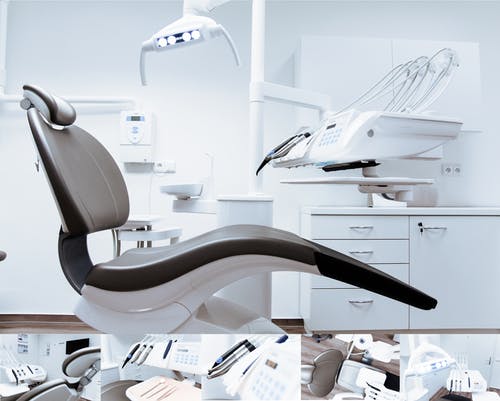Do you feel conscious about your smile because of crooked teeth? With the advancement in orthodontic treatments, you’re no longer limited to traditional braces; Invisalign clear aligners offer another option. But which one should you choose for your teeth? This article compares Invisalign and traditional braces, offering insights on various factors that can help you make the right decision for your orthodontic treatment.
What are Invisalign and Clear Aligners?
Invisalign and clear aligners are a nearly invisible alternative to traditional braces for teeth straightening. Made of clear, medical-grade plastic, these removable aligners apply gentle pressure on your teeth, gradually shifting them into the desired position. Unlike traditional braces, Invisalign doesn’t involve brackets or wires. Every few weeks, you receive a new set of custom-made aligners to continue the treatment progression. To achieve optimum results with Invisalign, you need to wear them for at least 20 to 22 hours a day. Companies like Invisalign have made teeth straightening less visible and more comfortable. Learn more about their product offerings and reading testimonials from satisfied customers by visiting the official Invisalign website.
What are Traditional Braces?
Traditional braces are an established and familiar orthodontic treatment that has been used for decades. Braces usually consist of metal brackets attached to the front of each tooth and interconnected by a metal wire. Alternative versions, such as ceramic braces, are designed to blend in with the teeth for a less noticeable appearance.
Orthodontic Consultation for Invisalign and Traditional Braces
Before deciding on an orthodontic treatment, you should consult with an orthodontist. A professional evaluation will shed light on your dental condition, including the severity of your teeth misalignment or any other associated dental problems. During the consultation, your orthodontist will discuss the treatment options – Invisalign, metal, or ceramic braces – and help you make an informed decision.
Comparison of Invisalign and Traditional Braces on Various Factors
Aesthetic Appeal
When considering which orthodontic treatment to choose, aesthetics tend to play a significant role. Invisalign aligners are transparent and less noticeable, allowing you to maintain a natural-looking smile throughout the treatment. On the other hand, traditional braces are more apparent and might make you feel self-conscious while smiling or speaking.
Effectiveness
Both Invisalign and traditional braces are effective in teeth straightening. However, the type and severity of your dental issues will affect which treatment is suitable for you. Invisalign is considered an excellent option for mild to moderate misalignment, while traditional braces are generally more effective for severe malocclusion and bite issues.
Comfort and Oral Hygiene
One of the significant advantages of Invisalign is its comfort compared to traditional braces. The absence of wires and brackets means fewer chances of irritation, soreness, and mouth ulcers that can occur with braces. Additionally, maintaining oral hygiene while undergoing orthodontic treatment is crucial. Invisalign aligners are removable, making it easier to clean your teeth and have a thorough dental cleanings during your treatment. Conversely, traditional braces require meticulous cleaning routines and specialized dental tools to effectively clean around the brackets and wires.
Treatment Duration
The treatment duration for both Invisalign and traditional braces mostly depends on the complexity of your dental issues. Generally, Invisalign treatment ranges from 12 to 18 months, whereas braces can take anywhere between 18 to 24 months, or even longer in severe cases.
Cost and Insurance
In terms of cost, Invisalign is usually slightly more expensive than traditional braces. However, prices can vary depending on the complexity of your treatment, the orthodontist’s fees, and your location. For example, the Invisalign retainer cost in Harrisonburg, VA may differ from other areas. Dental insurance can be helpful in covering some portion of the treatment cost, but it is essential to check with your insurance provider before starting the treatment.
Choosing the Best Option for You
When deciding between Invisalign and traditional braces, keep in mind your specific needs, lifestyle, dental severity, and budget. Discuss your options with an experienced orthodontist during your consultation. Their expert advice will help you make the best decision for your dental health.
Conclusion
Invisalign and traditional braces are both effective teeth straightening options. However, each treatment has its pros and cons. The key is to choose the right treatment that caters to your specific needs while also considering factors such as comfort, aesthetics, and cost. Always remember that a conversation with your orthodontist is an essential first step in achieving a healthier and more confident smile.








